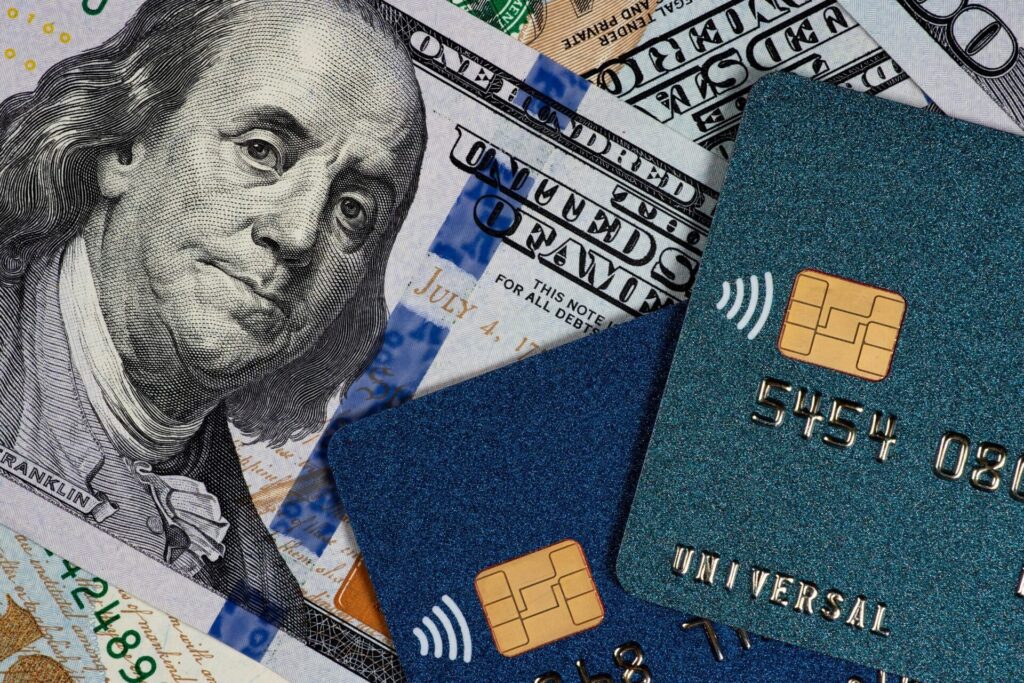Credit card balance transfer offers can seem like a lifeline when you’re drowning in debt and high interest rates. They whisper sweet nothings about 0% APR and promise a path to financial freedom. But that can be a siren song, luring you to financial ruin. Before you surrender to one of these offers, there are a few important things you need to know. Not all that glitters is gold, and not every balance transfer offer is a magical rescue from debt. Here are five essential insights to keep you savvy and secure when considering a balance transfer for your credit card debt.
1. Understand the true cost of the transfer
First things first: what’s it going to cost you? While the pull of 0% interest is strong, you really need to read the fine print. Lots of credit card companies charge a balance transfer fee, typically around 3% to 5% of the total amount transferred. This means if you transfer $10,000, you could be paying up to $500 just in initial fees. (Yikes!) Do the math to ensure that the amount you save on interest will outweigh the cost of that transfer fee. The initial savings offered by the 0% interest might be a lot less appealing when you consider the upfront cost.
2. The promotional period: a double-edge sword
The 0% interest rate offered by many balance transfer cards doesn’t stick around forever. It’s usually set for a limited time, often 12 to 18 months after you open the account. It’s important to know exactly when this period ends because once it does, the remaining balance will start accruing interest at the card’s standard rate. (Which is likely to be very high.) Mark your calendar, set a reminder on your phone—do whatever it takes to remember this date. Your goal should be to pay off the entire balance before this promotional period expires if you want to truly benefit from the offer.
3. After the promo, the rates go up to… what?
So, what happens if you haven’t paid off your balance by the time the promotional period ends? What happens, indeed… that’s when the standard APR kicks in, and it can be a real drag. Before you transfer any balances, check what the card’s interest rate will be after the promotion. If it’s higher than the interest rate on your current card, you’ll need to be extra vigilant about paying off the balance before the promo period runs out. Otherwise, you could end up in a worse position than where you started, paying higher interest (on top of the transfer fee).
4. Don’t neglect your old card
Just because you’ve transferred all your debt off an old card doesn’t mean you should forget about it or cancel it. Keeping your older credit card accounts open, especially those with zero balances, can be beneficial for your credit score. It helps maintain a lower credit utilization and debt to income ratio, which is a big factor in determining your score. But be cautious that this doesn’t become an opportunity to rack up more debt. The goal of a balance transfer is to get out of debt, not to create more.
5. New purchases? Think twice
Many people (incorrectly) think that the promotional interest rate applies to new purchases as well as the transferred balance. Spoiler alert: this is usually not the case. New purchases could be charged at a different (usually higher) interest rate, and payments might end up primarily going toward the transferred balance instead of the new purchases. That means you’re paying off the lower interest rate part of the balance, while the new charges will keep racking up interest at a much higher rate. Make sure you understand the terms for new purchases before using your new card to avoid falling deeper into the debt trap.
It’s not all about the rates
When you’re considering a balance transfer, don’t just focus on the interest rate. Look at the overall package. Does the new credit card offer rewards programs, customer service perks, or other benefits that are important to you? Sometimes, the best deal isn’t just about saving on interest, but also about what the new credit card can offer to enhance your financial management.










